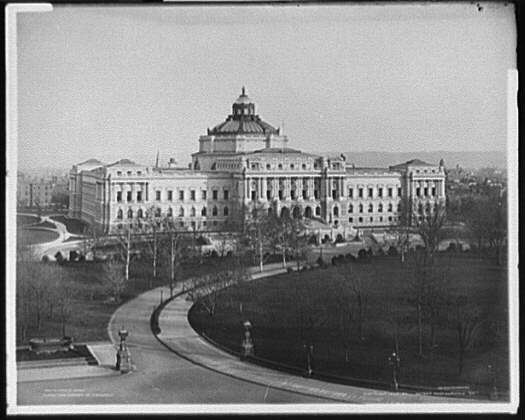One of my responsibilities as Ooligan’s Managing Editor is to submit all of our titles for acceptance into the Library of Congress. This process consists of sending an electronic copy of the book, usually a galley PDF, and waiting, sometimes a very long time, for a block of data to put in the copyright page at the beginning of the book. You’ve probably seen this before. Maybe you’ve wondered what it is and what purpose it serves.
This data is called the CIP data block, short for Cataloging in Publication. Included in this data is the author, title, book description, ISBN, subject, and the Library of Congress identification number. It looks something like this:

Faultland CIP Data Block
As readers, I’m sure we all recognize this page and have seen it in many different books. This is just one part of the bibliographic information that the Library of Congress sends out to libraries and book vendors; the longer electronic format is called MARC (machine-readable cataloging).
Why do publishers do this? What benefits does this provide? How did the Library of Congress evolve into what it is today? Let’s look into some of the history behind this institution.
The Library of Congress was established by Congress in 1800 under President John Adams. An act of Congress provided five thousand dollars to purchase books for members of Congress; these books would be housed in the US Capitol. Thus, the Library was created.
In its first one hundred years of existence, the Library of Congress was not open to the public; because the Library was created to serve the needs of Congress, it existed only as a small library within the US Capitol. Ainsworth Rand Spofford, the Librarian of Congress who was appointed by President Lincoln in 1864, made it his mission to transform the Library of Congress into the national library we have today. Spofford worked to move the Library out of the Capitol and into its own building, expand the library’s collections, and most importantly, centralize the US Copyright Registration to the Library of Congress. On November 1, 1897, the new Library of Congress building opened to the public, beginning the era of the modern Library of Congress, which has become the largest library in the world.

Library of Congress c 1902
Today, the Library of Congress, in part, functions to “serve the nation’s libraries by cataloging books in advance of publication.” The Library of Congress takes information about each new book (the MARCs mentioned earlier) and sends weekly updates to libraries around the world. This alerts librarians to forthcoming titles they may want to acquire.
The Library of Congress is not only a vast, wonderful resource for the readers of the world, but it is a unique service for librarians, book vendors, and publishers to share information about newly published books. By submitting a book for cataloging by the Library of Congress, publishers can help libraries receive information about acquiring and eventually shelving that book so that you and I can one day read it.

